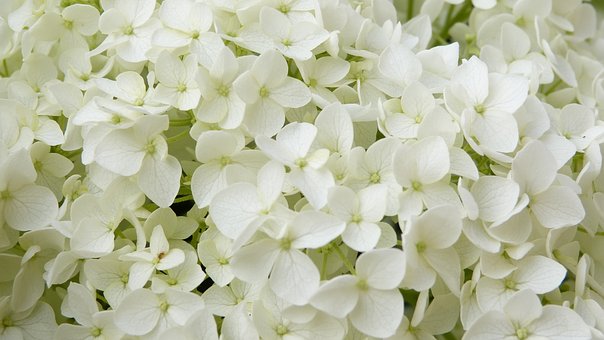Introduce the stunning beauty offered by Annabelle hydrangeas into your yard in pink or white shades.

Are you searching for hydrangeas that flower up to twelve inches across? Although the annabelle hydrangea might not be as well know as the pink and blue French hydrangea (also known as Hydrangea macrophylla), it is a hydrangea that is definitely worth considering. ‘Annabelle’ is a cultivar that naturally occurs and was found near Anna, Illinois out in the wild.
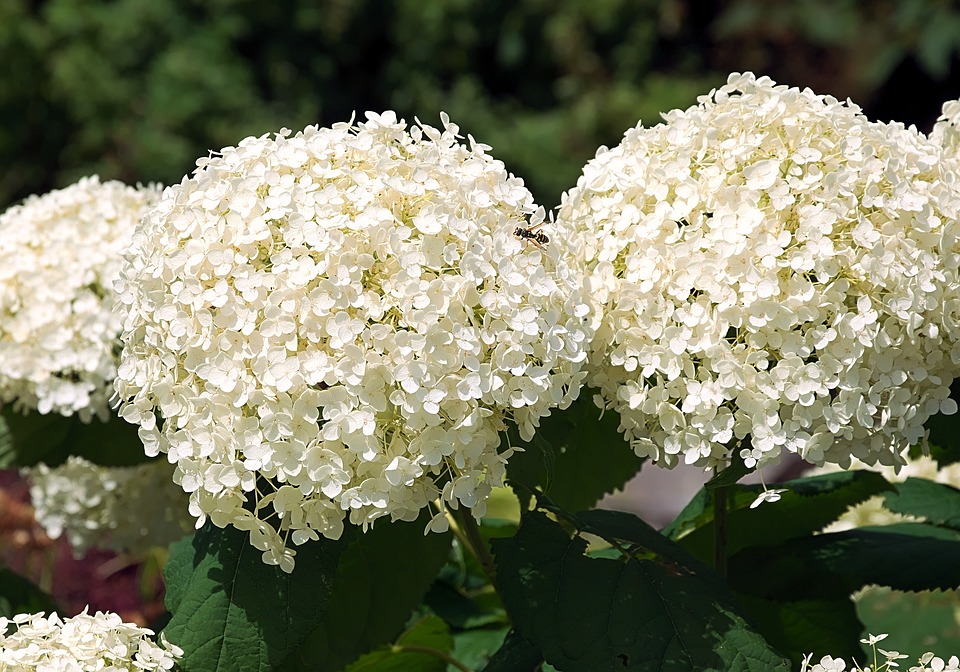
Annabelle hydrangeas are beautiful shrubs with white flower clusters that bloom in the spring and summer. This hydrangea grows well in many different climates if they have well-drained soil, as well as constant shade and moisture during the sunniest times. Annabelle hydrangea is a certain hydrangea variety that produces new flowers every year on its new wood. They grow as hedges very well and can tolerate really heavy pruning also.
It is known basically as ‘Annabelle’ Hydrangea arborescens, a smooth hydrangea variety. The smooth hydrangea straight species is native to Eastern regions of the U.S. Officially ‘Annabelle’ is hardy for Zone 3, but gardeners located in Zone 2 have reported being successful with winter it over as well.
How to Plant Hydrangeas
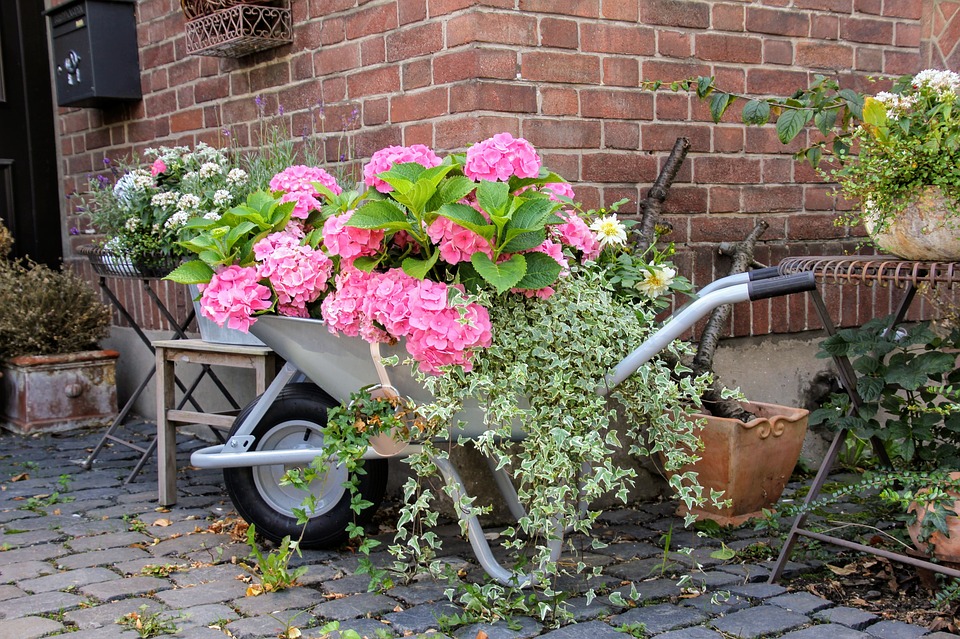
Hydrangeas should be planted in the spring or fall. Dig the planting holes as deep as your root ball is and then two to three times wider. The plants often are able to tolerate full sunlight in coastal areas. However, they need to have shade or filtered sunlight in inland areas during the hottest times of the afternoon. When planting, add compost to your soil.
Deeply water the plants right after planting them so that the soil will settle around their roots.
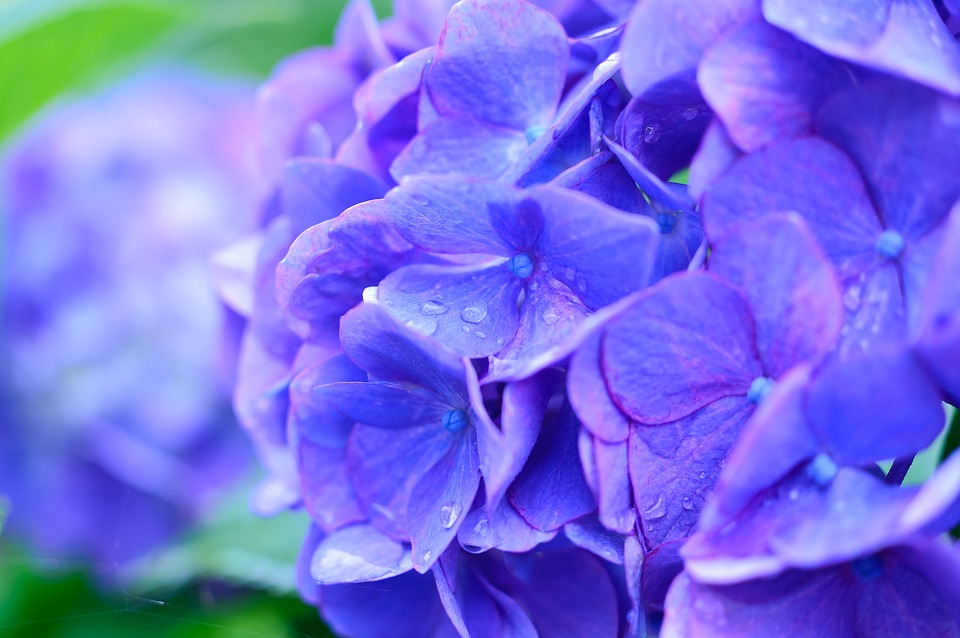
Around the base of your plants, add about a 2-inch layer worth of mulch, in order to prevent weeds from growing and to help your soil retain moisture. For hydrangeas, bark mulches or pine needles work well.
Water your plants enough to prevent the soil from drying out. Over the summer, your plants will need to have extra irrigation if they are getting less than 1 inch of rain in a week.
Each spring add a layer of compost on the surface of the soil to provide more nutrients to your plants.
Ideal Site Location
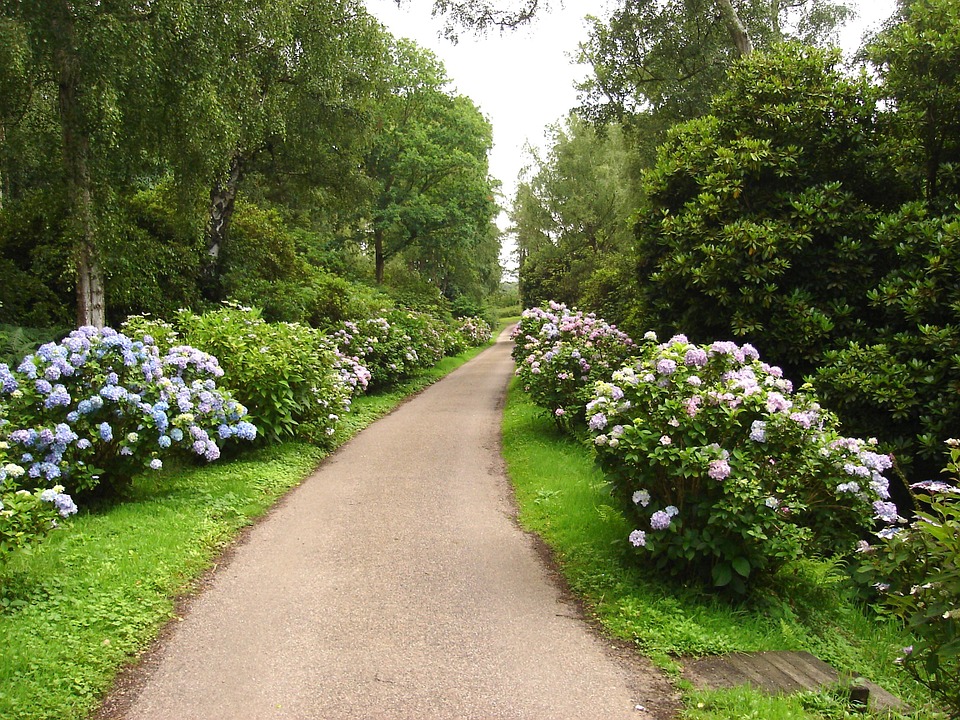
Use ‘Annabelle’ hydrangeas in your garden to create a backdrop for an informal hedge or a perennial border. It fits in nicely as well with native plant gardens or mixed shrub borders. ‘Annabelle’ hydrangeas beautifully blend in with woodland settings in the U.S. South with dappled sunlight. Look for a spot that gets afternoon shade and morning sunlight. That is especially important in the West and South, where beautiful hydrangea shrubs are able to thrive successfully in all day dappled high shade. ‘Annabelle’ hydrangeas are able to withstand all day sun in more northern locations.
The further north that you live, you need to make sure that your plants receive more sun since too much shade will result in fewer blooms.
Whenever ‘Annabelle’ hydrangeas flower, their blossoms open up in rounded, symmetrical heads that are 8-12 inches across. These big flower heads are quite stunning, however, but rains may bend top-heavy stems down to the ground. In order to unobtrusively support the plants, hoop-type stakes can be slipped into the ground during the growing season to support the stems as they are growing. ‘Annabelle’ hydrangeas are planted by some gardeners along a fence to provide them with support.
How To Prune Hydrangeas:
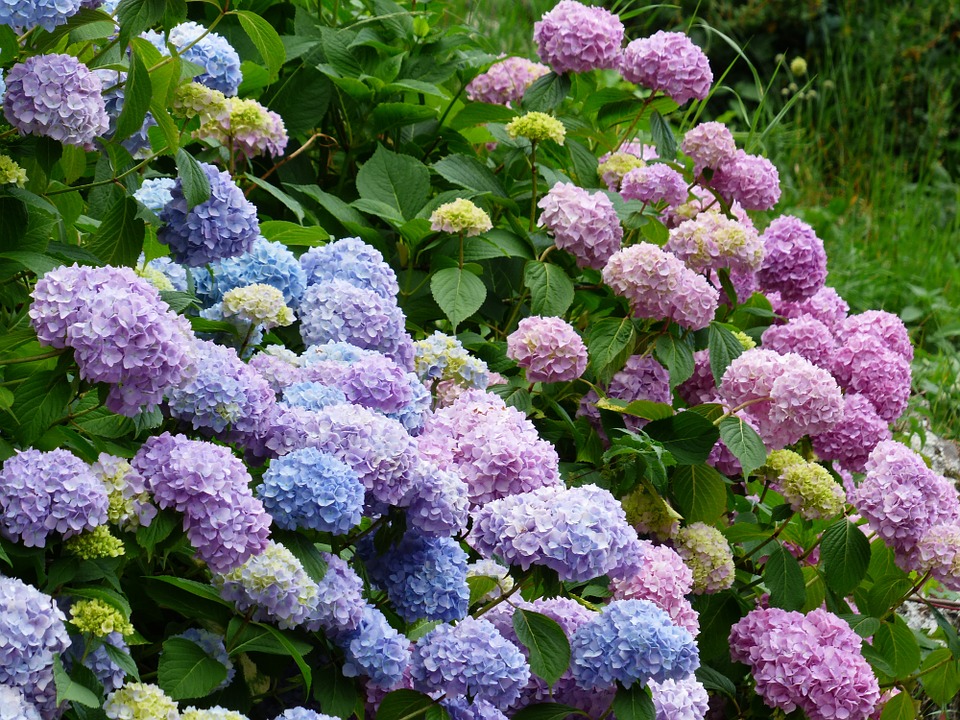
Hydrangeas should be pruned in order to remove crossing, damaged, or dead stems. You should also prune on a regular basis as desired during the dormant season. These plants will go dormant after they flower for the final time in early fall or late summer. Annabelle hydrangeas flowers grow on new wood, so they will still flower even when pruned to the ground every year. But they may start to grow weaker canes and have to be staked after being cut year after year to the ground, so it isn’t a good strategy to use. Instead, so less pruning of the stems, and cut them back in the spring 18 to 24 inches (rather than 6 inches). That method will enable the bases of the stems to grow thicker and stouter over time so that they can support the weight of the blossoms. Pruning the stems higher works only in warmer zones where in winter the pants do not die all the way to the ground.

